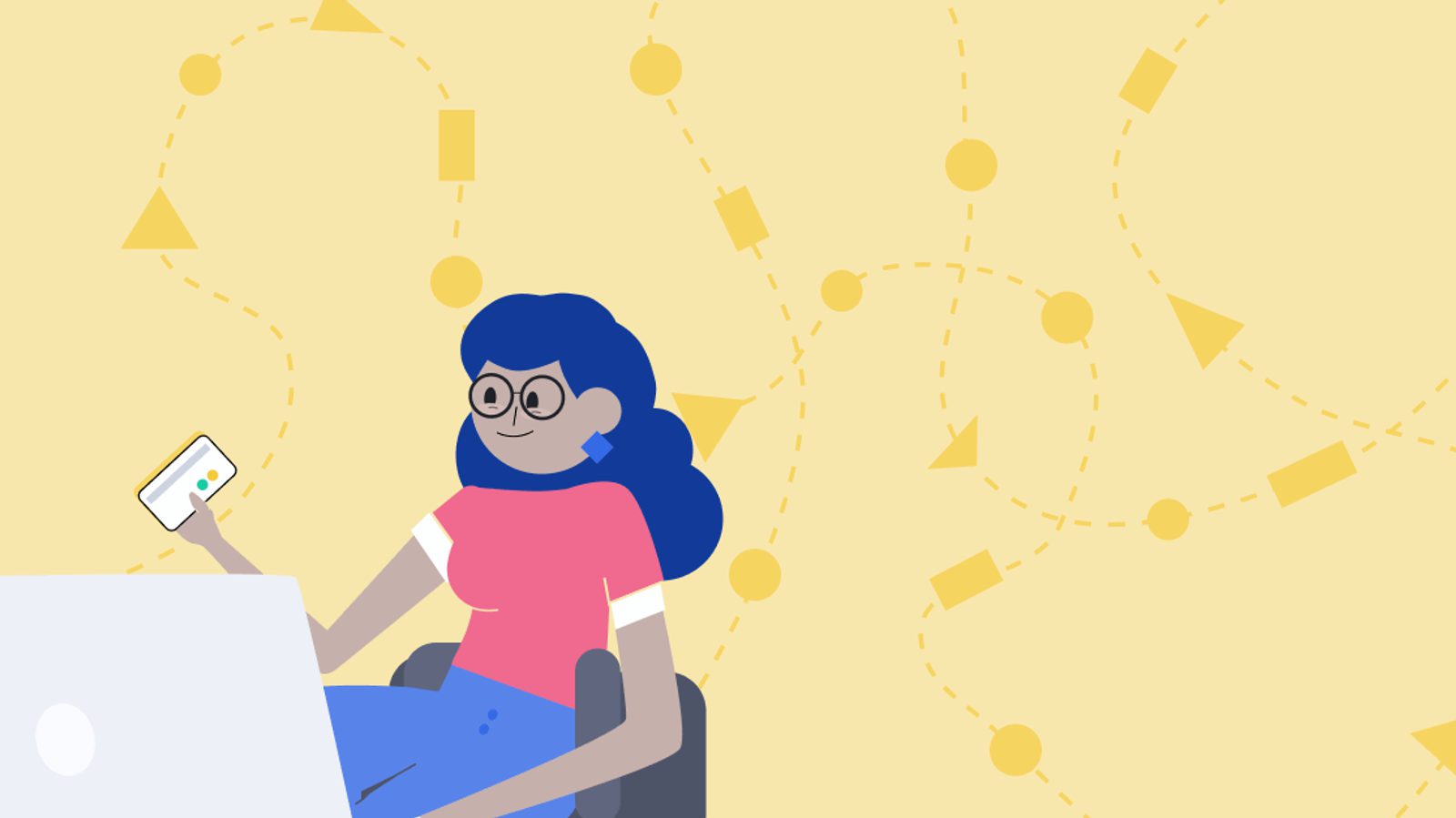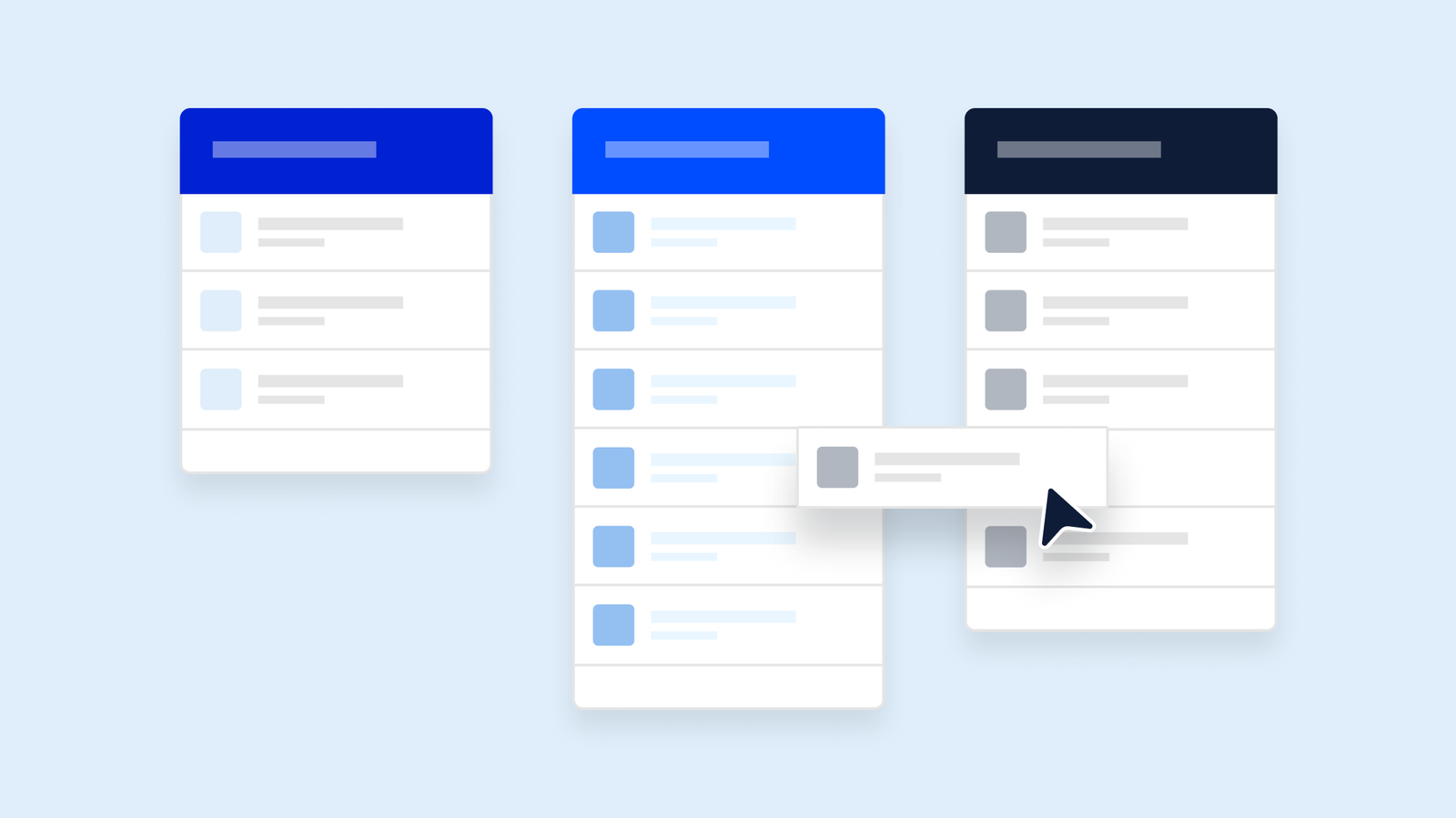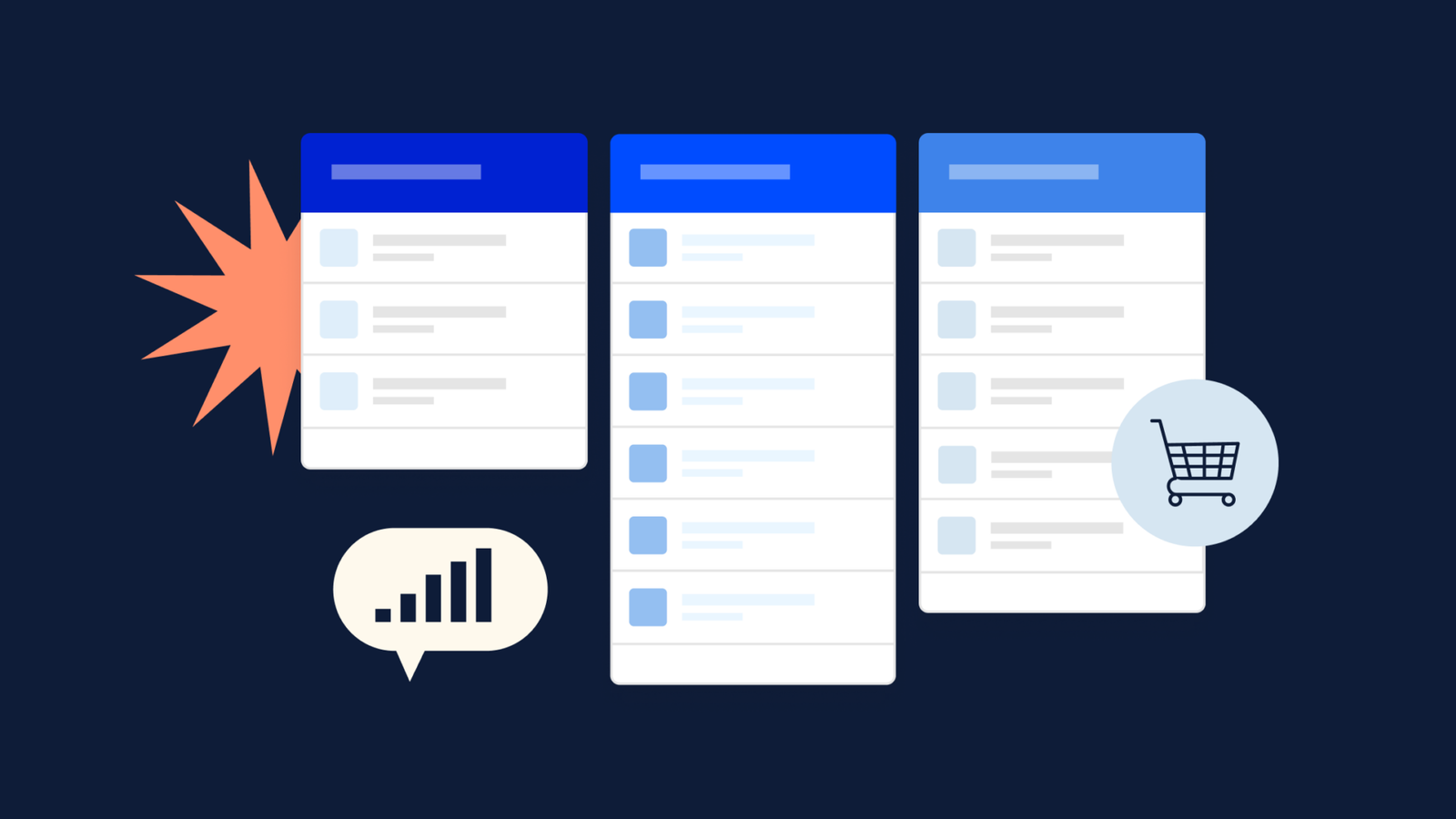This post was contributed by Chameleon.
There’s nothing worse than opening your inbox and seeing a brand send you multiple emails over just one day. Each message incentivizes you to take totally different actions.
“Upgrade today to receive 40% off annual plans”
“Check out our new eBook!”
“Find out how Candy.io tripled their revenue with our tool”
Ahh! What do you want me to do?
Keeping users engaged throughout the buying journey isn’t easy. A messaging strategy can quickly leave your customers confused if it’s poorly organized.
A strong lifecycle messaging plan helps move users through your customer journey smoother than a knife slicing butter.
What is lifecycle messaging, exactly?
Lifecycle messaging is “the process of guiding potential customers through stages in the customer journey.”
Lifecycle messaging is about tailoring your messages based on where your customers are in their journey with your product so that they keep moving through the customer journey. Every stage in your lifecycle messaging should encourage users to engage further with your solution.
Your messaging should be customized to every action you want users to take, like activation, payment, engagement – or any other goal you have in mind.
Changing user journeys need personalization
The road from consideration to purchase is never the same.
One user might take the traditional A to B to C route – but the majority of your customers will go back and forth through stages before they arrive at your final goal.
A successful user journey comes down to targeting the right user, at the right time, with the right actions.
Of course, you can’t watch what actions your users take 24/7 and it’s difficult to plan for every single outcome. The trick? Use marketing automation.
Balancing a human touch with automation
Automation lets you engage your users throughout the entire customer lifecycle without being glued to your screen waiting for users to take action.
When done correctly, marketing automation doesn’t feel cold or robotic – it allows you to engage customers throughout the customer journey.
Think about the end of a free trial.
If a user hasn’t engaged with your platform during the free trial time limit, would you send them emails to sign up and pay? Or would you offer them an extension of their trial?
You could even go one step further and add them to an automated re-engagement Facebook ad campaign to draw them back into your product.
Successful lifecycle messaging automation lets you be wherever your customers are without intruding into their adoption flow.
The full stack of lifecycle messaging
Lifecycle marketing used to be fairly one-dimensional. Users entered an email workflow that would follow through until they got their credit card out – and there might be a sales call or two along the way.
Luckily for marketers, lifecycle messaging has changed for the better – now it’s omnichannel. Email is still a primary part of messaging, but now you can nurture users with different types of messaging.
Depending on your audience and product, you can take your pick of the following lifecycle messaging channels to communicate with users:
- In-app messaging
- Live chat
- Social media
- Direct mail
- Website personalization
- Customer calls
Like customers – every business is unique. What works for a tech giant like PayPal won’t work for an early-stage SaaS startup.
Each channel has its advantages and drawbacks – it’s all about finding what works for you.
Email: versatile and reliable
One of the biggest advantages of email is its accessibility. Your users can receive your emails wherever they are – regardless of whether they’ve discovered how great your product is yet.
You can send users incentives to discover your latest content or to save on pricing plans with a unique email coupon for them. Email is extremely powerful for engaging users in the lifecycle journey.
One disadvantage is that inboxes can get crowded. Unless there’s a clear and engaging subject line, messages can get lost.
If you don’t work hard to stand out with your emails, then you’re at risk of losing this as a key channel through which you can engage users for the long haul. Create emails that catch users’ attention, engage them, and bring value to their journey.

In-app messaging: right here, right now
When your users are actively engaged with your platform, in-app messaging can create a great opportunity for boosting that engagement.
Why? There’s much more context behind the messaging. Plus, they’re already using your product and they’ll be much more likely to read and act upon in-product announcements.
Experiment with using link text for new users to show key features that will lead them to “aha moments" – key points that show true value in your product. Or use Tooltips to present contextual and relevant information to users in-product and encourage them to discover new features, as Moz do below.
The downside to in-app messaging is that users who aren’t engaging with your product aren’t going to see these tips. And the messages can be dismissed and never shown again – if not configured correctly.

Live chat: whenever, wherever
Using live chat allows you to interact with your customers and lets them contact you 24/7.
This is an essential part of lifecycle messaging because you can feed customers useful information at different stages in their journey and they can ask for help when they need it – without having to go out of their way to get it. In fact, 42% of people chose live chat as their favorite way to communicate with a brand.
You could use chat on your pricing pages – if you see users hovering around different options for a while, pop up on live chat to see if you could help them in the decision-making process. Or offer an exclusive discount that encourages them to get their card out.
The downside to live chat is that it can go wrong. But you can create automated responses tailored to different messages – a little bit of planning goes a long way.
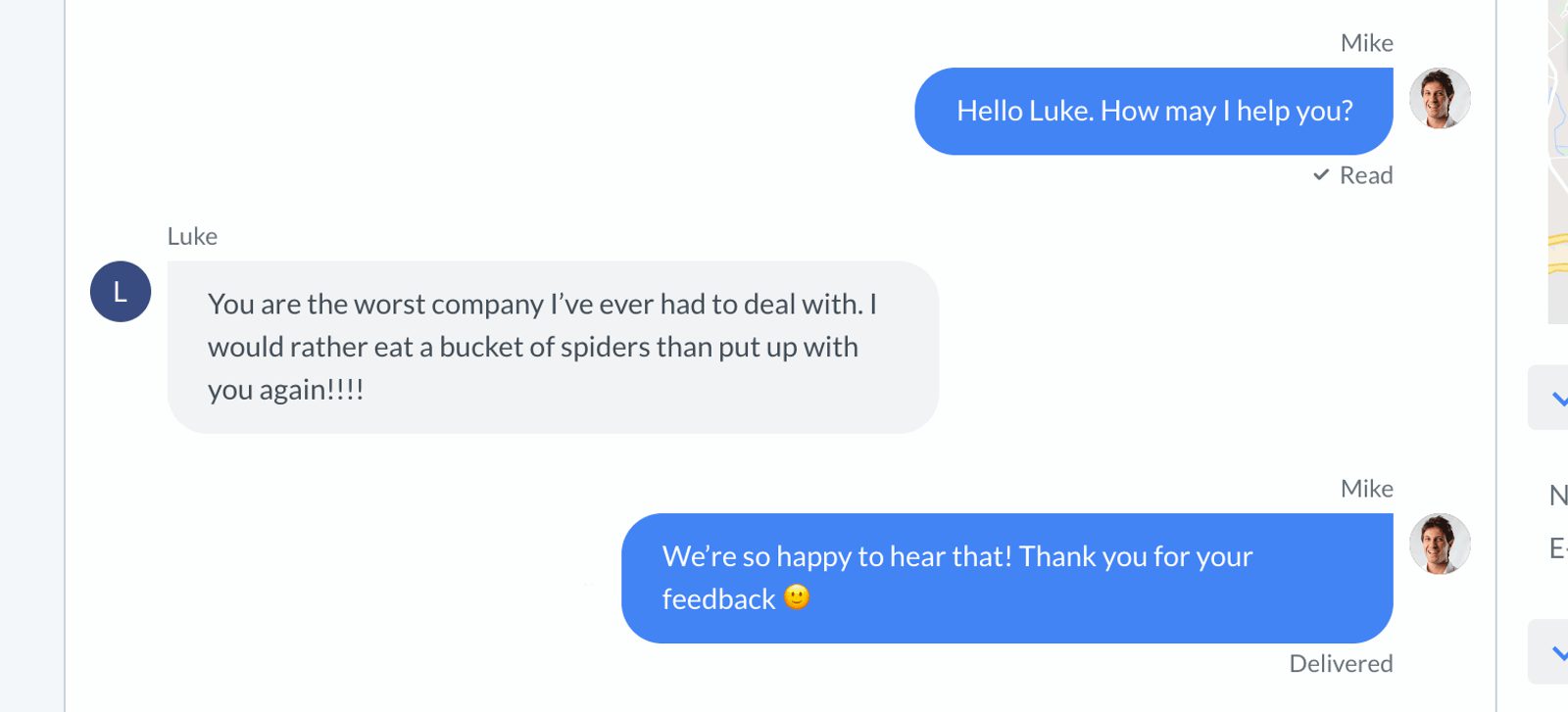
Social media: always on
You can use social media to keep users informed about company updates that they will see as they scroll, but the chances of them interacting with generic posts are low. And with always updating algorithms, it’s unrealistic to think you’ll always be at the top of their news feed.
But with paid social media retargeting, you can sway what users see on social platforms.
When you know that users are in the consideration stage, you can show relevant ads to them that complement their unique journeys.
If somebody reads 5 articles on product analytics, that’s a clear sign they’re engaged with that topic. You could then show them an ad for your eBook on product analytics to educate them more on the topic, like what Mixpanel did.
Direct mail: straight to their hands
Direct mail marketing isn’t a new thing. But the way we do it is evolving.
For lifecycle messaging, it’s not about cluttering someone’s physical mailbox with flyers and letters – it’s about adding a special touch to your messaging campaigns. And the stats are there to back up direct mail.
5.3% of customers who receive physical mail from you will directly respond. Now compare that to an average email response rate of 0.6% – it’s a unique and effective way to communicate with users.
You can get creative with direct mail campaigns and add a special touch to the user journey. Postcards, brochures, gift boxes, and swag are all great examples of what you could send to customers to put a smile on their faces. And it can be used to boost customer loyalty and increase satisfaction.
But, direct mail can be expensive and it can be tossed in the trash if it doesn’t bring joy to the journey.
Website personalization: adaptable and effective
You don’t know the majority of visitors to your site – yet.
Web personalization lets you personalize the experience to get people from “hmm” to “aha” as soon as you can. Basic website personalization can boost your sales by 8%, because you know who you’re speaking to.
If you know your users are marketers, then you can personalize what views of the homepage they see – show them a view that meets their specific needs instead of your generic landing page. You can even personalize what banners and promotions they see when they’re on your site.
Netflix is an example of a brand that uses personalization to the maximum. To keep you engaged with their content, and to keep you paying your subscription, they offer you more shows based upon your viewing.
They know that I’m a sucker for trashy reality shows, and they continue to show me more. The result? Oh, so many wasted hours…
Customer calls: a face to a name
Sales calls can help speed things along because users can immediately get the answers they’re looking for.
More so than any of the other ways of communicating with your customers, a sales call should be timed at the perfect point. A call that someone wasn’t expecting right at the beginning of the user journey can leave a sour impression if users just aren’t at that point yet.
Instead of cold calling customers, you can open up your calendar to them and let them book the time in to talk to you.
From there, you can listen to their needs and wants – then tailor your service to them. Then, you can follow up with users and support them as they move through crucial touchpoints.
Planning your lifecycle messaging strategy
Lifecycle messaging channels, assemble!
It’s important to understand where these channels can help you the most so that you don’t bombard users with messaging.
While a sales call works when you want to reach the revenue stage with customers, an email with blog updates won’t do the same magic as it did during activation.
It’s all about using the tools you have for the right tasks at hand.
During the activation stage
User onboarding is your first shot at making a killer first impression – and you only get 1 shot.
24% of users abandon an app after one use – whoa.
It's important to drive users to your product's “aha moment” so that they quickly realize the value that your product gives them. But as we know, not all users are the same.
Take Asana, a project management platform, as an example.
An admin user will be more interested in the logistics of the platform, like billing, privacy, and adding teammates. But an individual user will be more interested in how they can make Asana work for them – like how they can add their first project plan.
You can ask questions upon signup like “what department are you in?” or “what’s the main thing you want to do here?” to easily segment users based on their goals and job titles.
In order to get users to activation, take advantage of:
- Email: use welcome messages to nudge people to key features that drive adoption
- In-app messaging: show people around your product with a tour so they don’t feel overwhelmed with a new platform
- Live chat: let customers know that you’re there to help them with key questions and suggest help center articles
During the retention stage
Once users have found the “aha moment,” you need to ensure they start building habits that will keep them coming back to gain even more value from your product.
Continued personalization lets users know that you’re there and that you’re paying attention to what they’re doing.
Timing is crucial during the retention period.
Great timing will help you convert them to long-term customers and get them excited about your product. Bad timing or radio silence will send them into the hands of your competitors.
Get personal with:
- Email: send targeted messages based upon key actions they are taking – segmentation is your friend
- Website personalization: adapt your messaging to their needs and show them relevant content that will encourage them to find more value
- Social media: retarget your users with relevant content so that you’re always at the top of their mind
- Live chat: automate messages to appear whenever users spend time on certain pages – use their name and remind them that you’re there
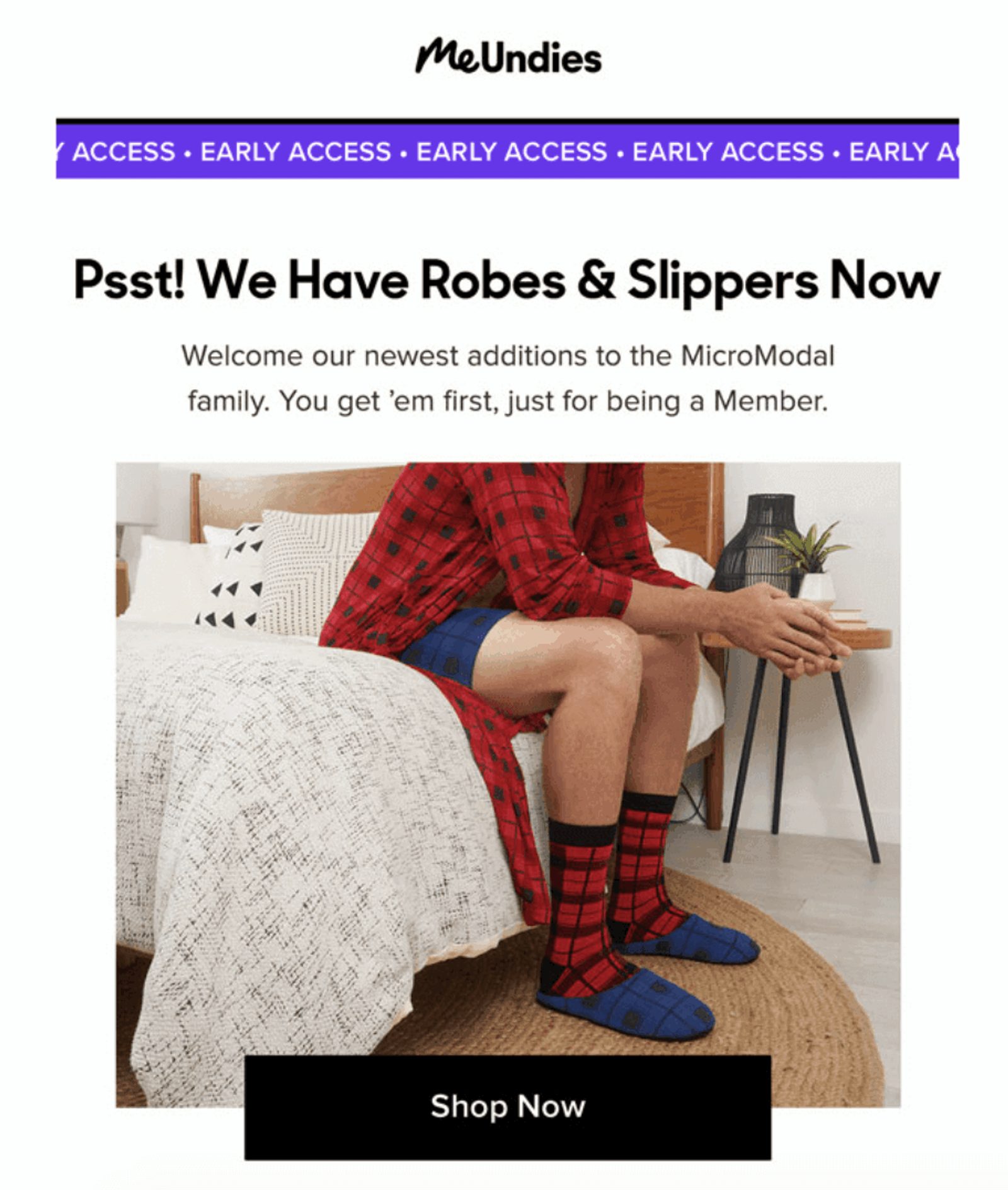
During the revenue stage
Your users are engaging with your product – but how do you get them from free users to paying customers?
In the revenue stage, you need to promote certain features and benefits that are going to convince users that your tool is absolutely essential to their success.
Understand which users are at this point in the customer journey.
- How much time do they spend in your app?
- Are there certain settings that they’ve not used yet?
- Have they invited their team to join?
Find points where the user could be getting more from your product and run with it.
Encourage users to become paying customers with:
- Customer calls: reach out to users and invite them to join a demo call where you can show them what your product can do at full-throttle
- In-app messaging: highlight features that are paid and explain their advantages – don’t hide them from customers
- Social media: run paid retargeting ads that show your top features that lead to customers purchasing your product
- Email: send case studies about your top-performing customers who have enjoyed success with your company
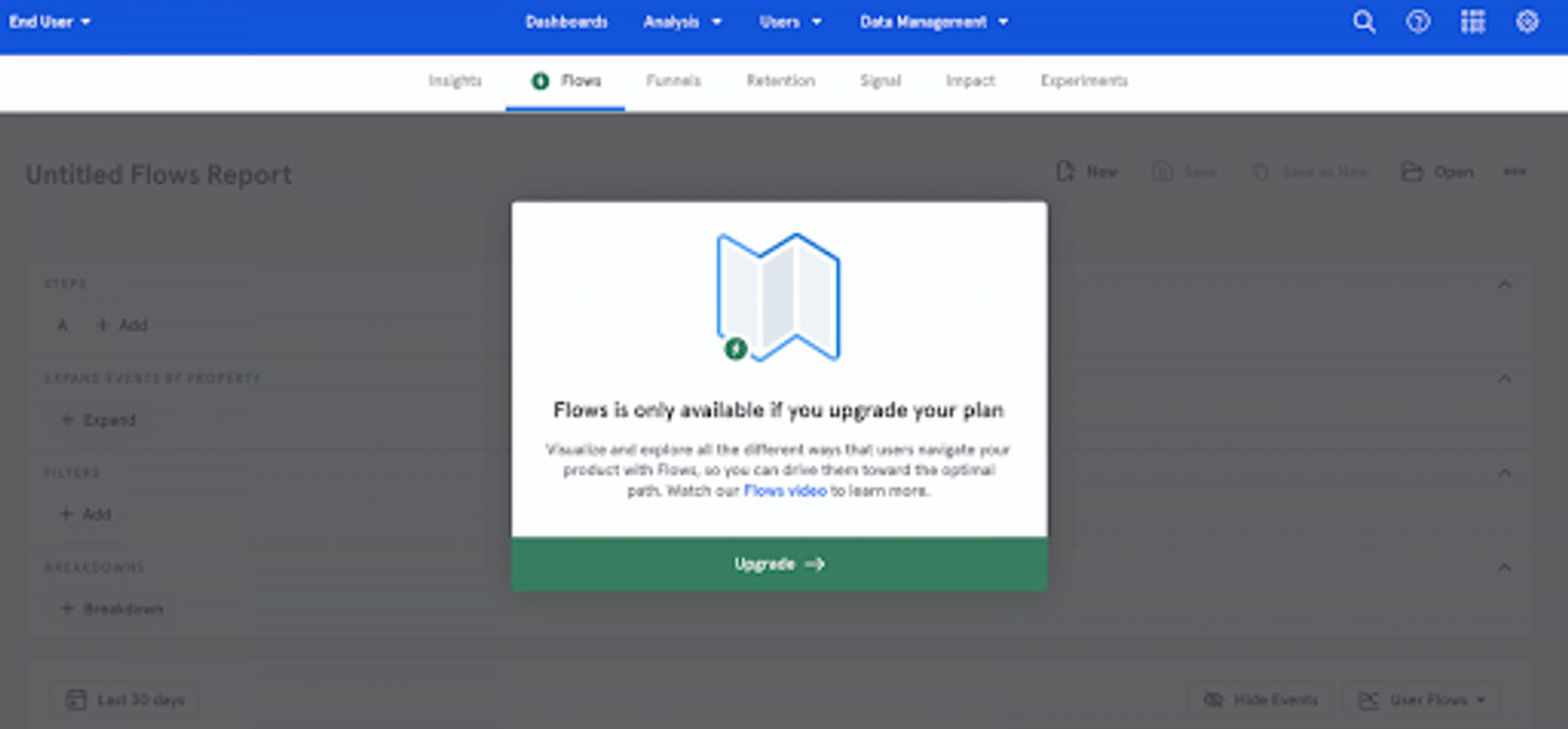
During the re-engagement stage
If your users have stopped engaging with your product, this is the most important time to be communicating with them and encouraging them to use your product.
You need to check in with them before they head to churn town.
The best way to show customers that you’re still there is by letting them know that you miss them and showing them fresh content or new product features. You can determine this by looking at account settings or previous activity.
Get them excited about your product again with:
- Direct mail: send users a postcard with a sweet offer or draft a case study example with their name on it – get them motivated for a future together
- Email: get your sales team involved with more personalized emails that offer one-to-one help and support
- Customer calls: offer up some time with your team if users have more specific needs to be met

During the loyalty stage
Lifecycle user engagement doesn’t end when the bill has been paid – it would feel like you were ghosting your customers.
Successful companies continue to engage their customers – and they reap the benefits for it. Brands who put their customers first earn 5 to 7 times more revenue than their competitors
Keep communicating with your customers as they turn into fans and net promoters for your company.
Remember to put a smile on their faces with:
- Email: show users the benefits they’ve enjoyed with you by showing quantitative figures – like what Spotify do with their annual music wrap-up
- Direct mail: send customers some swag to say thanks for sticking around – they’ll be proud to show off your brand’s merchandise
- Social media: put your customers at the front and center of your comms, give them social shout-outs
- Customer calls: always be available to chat to customers and help them achieve greatness, ask if they’d be interested in providing success stories
- In-app messaging: engaged users are most responsive here – keep collecting their feedback with short Microsurveys to check in on their progress
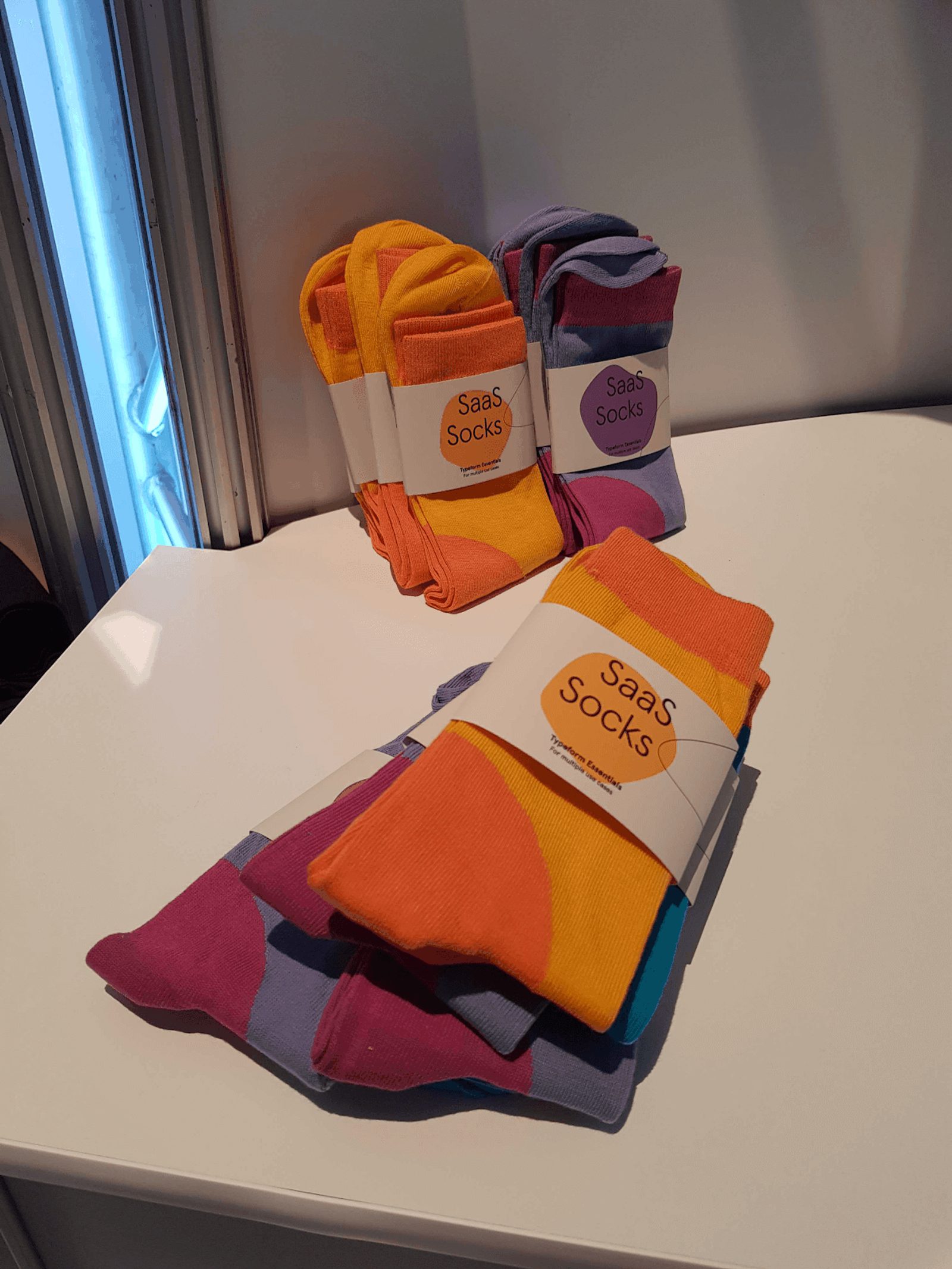
Final thoughts and tools for lifecycle user engagement
Automation doesn’t need to be difficult – you’ll get by with a little help from your apps.
- ActiveCampaign: an essential tool for planning a successful omnichannel lifecycle strategy
- Chameleon: ensure that users receive the right in-app messages at the right time and drive them towards success
- Segment: collect, clean, and store all your user data in one place
- Zapier: make sure all your apps are talking to each other
how to connect different services. Could be a way to get an intro to their content team - Mixpanel: define groups of users based on segment data and send it where it needs to be
- Profitwell: have an overview your subscription revenue and always be alert for churn
With the right tools and personalization, you’ll be well on your way to creating a lifecycle user engagement strategy that sets you apart from the competition.

